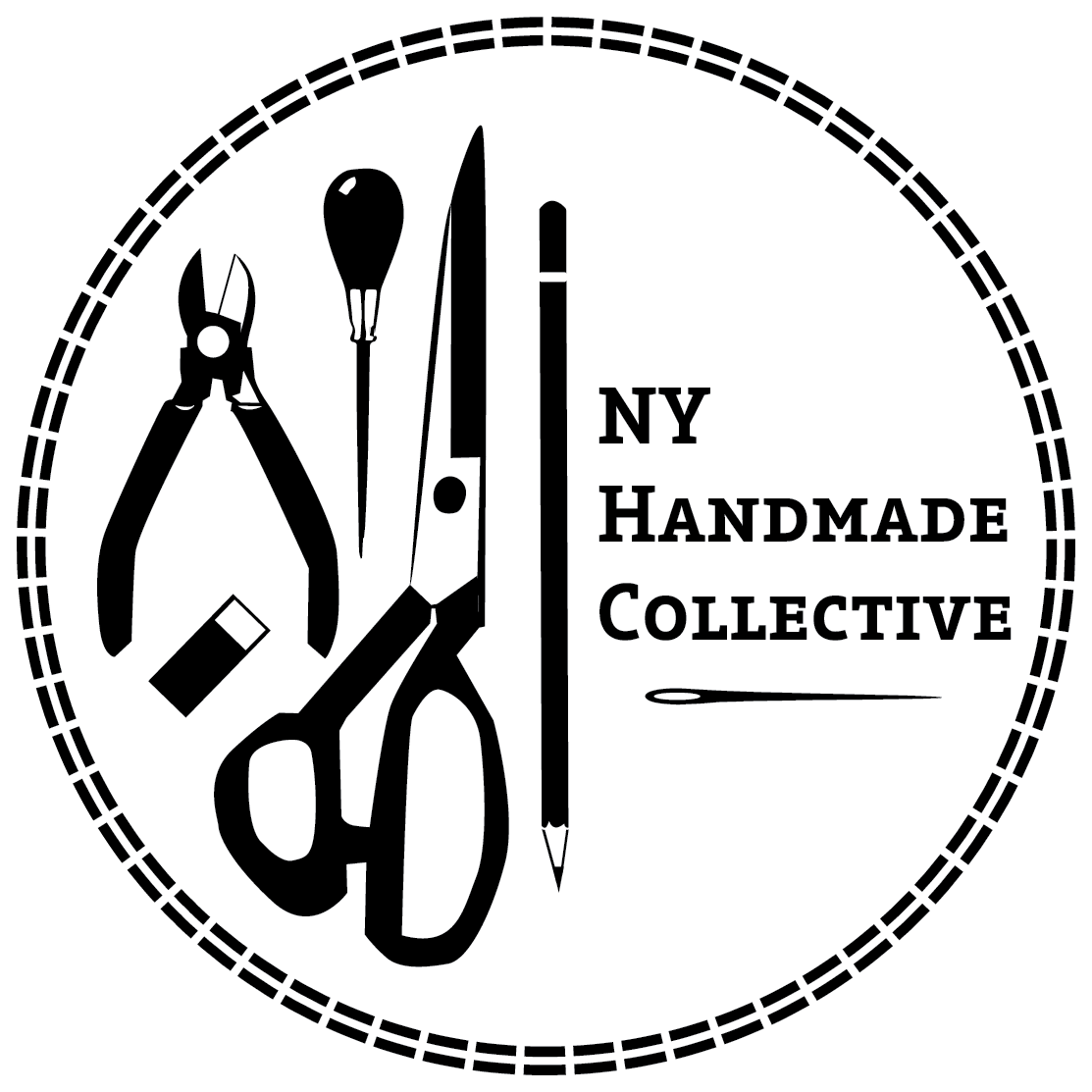Favorite Tools: NordeaSoaperie

Nordea relies on her hand-blender to achieve what soapers call "trace," the point at which the oil and lye-water mixture blends permanently together and can no longer return to its component parts.

Oil and lye-water mixture not-quite-mixed, with bits of oil still visible
As Nordea explains, "With hot-process, it is important to get to a 'heavy trace,' meaning the soap is pretty much solid in the pot before putting it in the oven. The thicker the soap batter, the better the cook."
Heavy trace: The drips of soap from the blender form a pattern on the surface of the soap.
After 45 minutes in the oven the soap has liquified and is ready for the addition of fragrances and pouring into molds.
It takes about 10-15 minutes of mixing with a hand-blender for the oil and lye-water mixture to come to trace. Nordea estimates that it would take at least three times as long without the hand-blender. It would also take very large arm muscles.
But Nordea also makes liquid soap, and here the use of a hand-blender is absolutely imperative. "Even with the [hand]-blender, it takes at least 45 minutes for the soap to come to trace. So I would NOT be able to make my liquid soap without it." And that would be sad!
Until next time --
Linda

